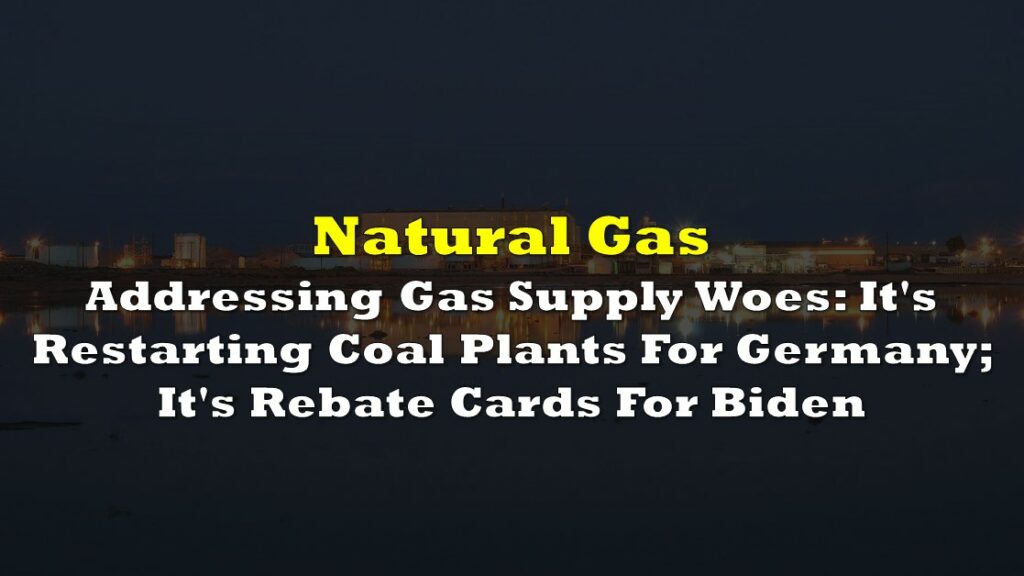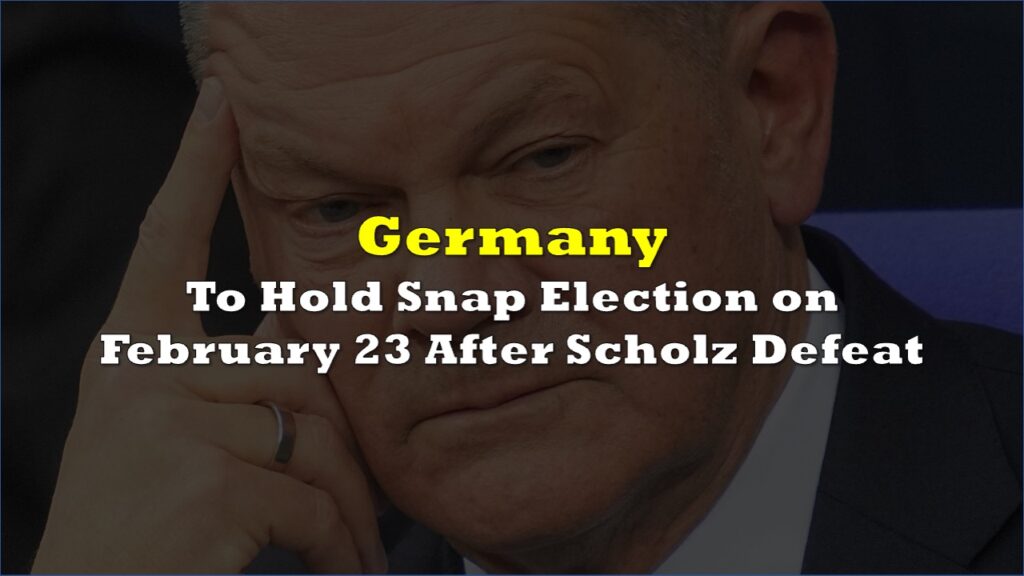Germany is set to curtail the eligibility for solar energy subsidies as the country grapples with an oversupply of renewable power, a move that highlights the challenges in managing the costs of its energy transition. According to a draft law from the economy ministry, some solar power producers will be excluded from state subsidies as early as 2026, with the aim of reducing financial strain on the government and recalibrating the solar market.
This decision comes at a critical time when the nation’s rapid renewable energy expansion has led to a surplus in solar-generated electricity, driving up government costs while also distorting power market prices. Renewable subsidies have surged to an estimated €20 billion ($21.6 billion) in 2024, according to government data, a figure expected to decline only slightly to €18 billion in 2025.
Germany’s commitment to renewable energy, especially solar power, has seen massive growth over the last decade. However, this expansion has also led to market saturation. On particularly sunny days, solar output frequently outpaces demand, causing wholesale electricity prices to drop — and in some cases, even turn negative. When this occurs, the government is obligated to pay producers the difference, as they are guaranteed a minimum feed-in tariff under Germany’s Renewable Energy Sources Act (EEG).
The rise in these so-called “negative price” hours has become more frequent, leading to significant subsidy payouts by the state. According to a May 2024 estimate, the German government spent €20 billion on renewable subsidies this year. With prices set to stabilize at a slightly lower figure in 2025, the government is now seeking ways to alleviate these costs while ensuring a balanced growth of renewable energy.
Policy Changes
Under the draft law from the economy ministry, photovoltaic systems with a capacity exceeding 90 kilowatts (kW) that are installed before January 1, 2026, will no longer qualify for the feed-in tariff subsidies. Currently, the threshold is set at 100 kW. The eligibility cap will further decrease to 75 kW by January 2027 and ultimately to 25 kW after that.
This new measure is designed to encourage producers to participate in direct marketing, a system where producers sell their electricity directly on the open market rather than relying on government-fixed tariffs. The shift is intended to promote a more market-driven pricing structure, easing the government’s financial obligations.
Additionally, the draft law would implement an earlier government decision to eliminate payments for mid-size and large renewable projects when electricity prices fall below zero. This would primarily impact solar farms that contribute to the oversupply issue.
While the government frames these changes as necessary to control costs and stabilize the energy market, the move has sparked concern among renewable energy advocates. The German Solar Industry Association (BSW Solar) warned that these measures could slow down the expansion of solar power, particularly for smaller commercial installations. Many of these projects rely on subsidies to remain financially viable, especially in regions where grid integration and energy storage are still developing.
“The focus should be on expanding storage capacity to absorb excess power and to ensure renewable energy can be utilized effectively when the sun isn’t shining,” said a spokesperson from the BSW Solar. The association argues that without adequate storage solutions, cutting subsidies could create bottlenecks in the transition to clean energy.
The broader concern lies in the risk that these new policies could disincentivize smaller producers, potentially creating a solar market dominated by larger, well-financed operators capable of navigating direct market conditions.
Balancing Green and Economy
Germany’s renewable energy transition, part of its Energiewende policy, aims to phase out fossil fuels and nuclear energy while embracing wind, solar, and other renewables. The policy has enjoyed widespread support for its environmental goals, but its economic implications have become increasingly apparent.
Wholesale electricity prices in Germany have been highly volatile, driven in part by renewable energy surges. On sunny days, when solar generation spikes, the excess power can result in a supply-demand imbalance, pushing prices below zero. When this happens, the grid struggles to absorb the surplus electricity, forcing suppliers to pay buyers to take the excess energy.
Under the current system, renewable producers are still compensated through the guaranteed feed-in tariffs, adding financial pressure on the state.
Policymakers are thus caught between competing priorities: ensuring a sustainable transition to green energy while managing the economic costs associated with such rapid expansion. By tightening subsidy eligibility, the government hopes to foster a more self-sustaining renewable sector where market forces dictate prices rather than state support.
In recent years, solar power has become one of the most affordable forms of electricity generation, but as Germany’s example shows, even low-cost energy sources can create challenges if not integrated properly into the wider energy system.
The European Union has been closely monitoring Germany’s experience as it formulates its own renewable energy policies and subsidies.
At the same time, experts stress that effective energy storage solutions, such as battery systems, are essential to balancing supply and demand in a future dominated by renewables. Without proper storage infrastructure, many countries may face the same issues Germany is now grappling with.
Information for this story was found via Bloomberg and the sources and companies mentioned. The author has no securities or affiliations related to the organizations discussed. Not a recommendation to buy or sell. Always do additional research and consult a professional before purchasing a security. The author holds no licenses.









